Why Does Dust Accumulate So Quickly — and How Can You Get Rid of It? Cleaning Experts Say It's Due to This One Mistake
Dust is notoriously hard to banish, even if you have a strict cleaning routine, but these dust-busting tips can help you finally grasp control
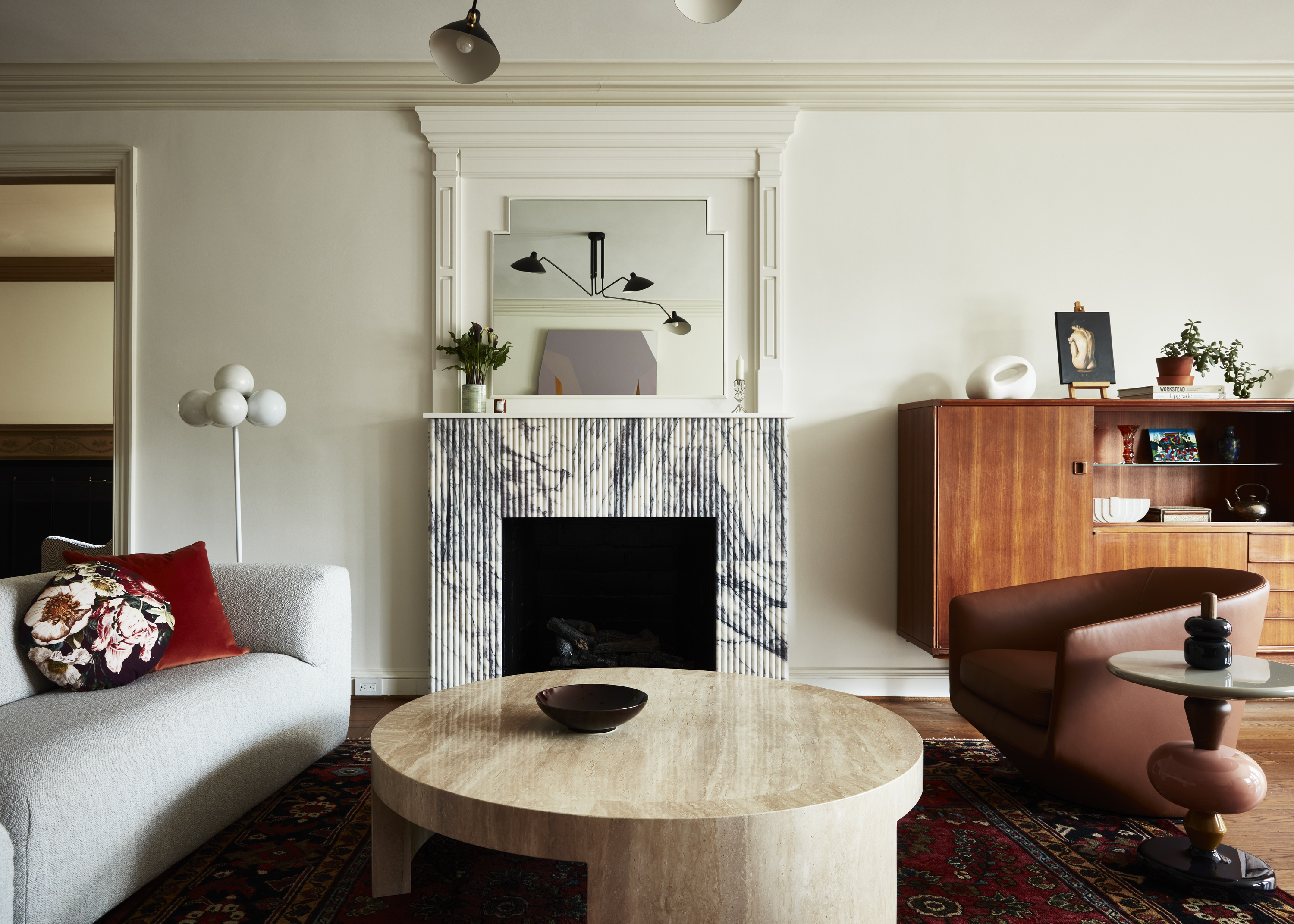

Dust is a cleaner's arch nemesis. Whether you have a small home or a sweeping space, dust is ubiquitous and unrelenting, making the dreaded chore seemingly never-ending. The moment you swipe your fluffy duster over those pesky particles, it's only a matter of days before they settle on your surfaces and build up once more. Few elements of our cleaning routines feel more demanding.
Even after a generous run at household cleaning, you might spot dust gathering in your home quite quickly. If you see dust as a minor inconvenience compared to more unsightly stains like grime or mud, you might change your mind when you realize the harsh reality. Dust is made up of airborne particles of small, dry matter such as skin, hair, dirt, and pollen. This means it can be a nightmare for your health, especially if you suffer from allergies, and near-impossible to prevent entirely.
That said, there are some clever ways that professional cleaners bust dust from their homes, as well as some preventative measures you can take to slow down its accumulation across your surfaces, from regularly cleaning lampshades to investing in some air purifying appliances. Here's what you need to know.
Why Does Dust Accumulate So Quickly After You Clean?

It's no secret that dust builds up far quicker than the likes of grime or limescale and, unlike these examples — which are mostly limited to the bathroom and kitchen — dust finds its way into every corner of your home. If that wasn't bad enough, the moment you banish it from your surfaces, it reappears in just a matter of days.
"Dust is incredibly lightweight, so it just floats around and gets into every nook and cranny," says Rhonda Wilson, Quality Lead Cleaner at FreshSpace Cleaning. "One minute, everything looks clean, and the next, you spot it everywhere again. If you don’t know the correct way and tools to use to clean it, you’ll have a hard time removing it completely."
So, what's the secret? According to Marla Mock, professional cleaner and president of Molly Maid, a Neighborly company, agrees that the reason dust accumulates so quickly after cleaning often comes down to poor cleaning methods. The key, she says, is to trap the dust rather than simply unsettle it, a simple bathroom cleaning hack, if you ask us!
"Dust can reappear quickly if you use the wrong tool," Marla explains. "For example, some dusting cloths or wands can leave behind lint and dust particles, and a dry cloth might simply push dust around or create static that can attract more dust." For this reason, she recommends using a damp Microfiber Cleaning Cloth like these ones, from Amazon, to hold onto the dust.
Other cleaning mistakes, like failing to dust from top to bottom or after vacuuming, also allow dust to settle on already-cleaned areas. And those oft-overlooked areas of our home can also contribute to that seemingly never-ending accumulation of dust, too.
"Hard-to-reach areas such as ceiling fans and light fixtures quickly collect dust, and if neglected, build up and release dust into the air over time," says Marla. "Dirty furnaces and air conditioning filters also contribute significantly to indoor dust levels. Changing these filters regularly can help reduce how quickly dust accumulates."
How to stop dust from accumulating so quickly

You might have tried the best houseplants for dust, but this natural solution will only go so far. If you want to bust the amount of dust that's found its way into your home, start by adopting a better cleaning regime to prevent dust build up.
As Marla lays out, make sure you trap dust rather than just move it about your home, and Rhonda stresses the importance of cleaning top to bottom. "If you don’t start at the top, you’ll end up just dusting everything twice," she says.
You can also try some modern appliances to keep dust at bay. The best air purifiers will reduce the amount of dust in your home by capturing airborne pollutants. Changing furnace and air-conditioning filters regularly so they function properly will also help curb the amount of dust that floats freely in your space.
Beyond this, practicing a bit of common sense when it comes to caring for your home can really make a difference to your dust levels. "Regularly grooming pets outdoors helps minimize the dust they contribute to your home," notes Marla. "Washing sheets, pillowcases, and blankets weekly can make a big difference, and using doormats at entrances helps minimize the amount of dust and debris tracked into your home on shoes."
What tools should you use to dust?

There are several different tools to use for dusting, and you'll want to switch between them depending on the area you're cleaning. Here's what the experts recommend.
A damp microfiber cloth - "This is ideal for general dusting as it effectively traps dust without redistributing it," says Marla. "To dampen, hold the cloth by a corner and lightly mist it with water from a spray bottle. The cloth should be just damp enough to pick up dust without leaving moisture streaks."
A duster - "Feather dusters are best suited for delicate items like collectibles and picture frames but should be used carefully to avoid scattering dust," says Marla. Microfiber options, on the other hand, can trap more dust. "For areas that are hard to reach, use the Swiffer Dusters with Extension Pole, available at Walmart, with the extended handle," says Rhonda.
A paintbrush - "Using a paintbrush to clean dust can be great for detailed cleaning such as slatted doors, carved furniture, and keyboards," says Marla. Try a soft bristle paintbrush like this Natural Bristle Flat 1-in. Chip Household Paint Brush from Walmart for the job.
Dryer sheets - Tumble dryer sheets such as the Bounce Dryer Sheets option at Amazon are especially good for dusting the screens of electronic devices like laptops and TVs. "They help neutralize static electricity that attracts dust," notes Marla.
Lint rollers - According to Marla, lint rollers like these Evercare Pet Lint Roller from Target are particularly effective for removing dust from fabric lampshades.
Dust mops - Hardwood floors are best cleaned with a dust mop — such as this Eyliden Microfiber Dust Mop with Adjustable Handle from Walmart. As Marla notes, "both synthetic fiber and cotton covers work well for this purpose".
FAQs
What material accumulates the most dust?
Dust might be more obvious on hard surfaces like window sills, baseboards, and laminate flooring, but that doesn't mean your carpeted or upholstered space is free from dust. In fact, it's quite the opposite. Soft furnishings act as a magnet for dust, allowing the small particles to get trapped within the fabric.
Since they have so much contact with our outside footwear, carpets and rugs accumulate the most dust, even if it's not always visible. This is why it's important to clean rugs and carpets frequently, washing them besides just vacuuming.
Be The First To Know
The Livingetc newsletters are your inside source for what’s shaping interiors now - and what’s next. Discover trend forecasts, smart style ideas, and curated shopping inspiration that brings design to life. Subscribe today and stay ahead of the curve.

Lilith Hudson is a freelance writer and regular contributor to Livingetc. She holds an MA in Magazine Journalism from City, University of London, and has written for various titles including Homes & Gardens, House Beautiful, Advnture, the Saturday Times Magazine, Evening Standard, DJ Mag, Metro, and The Simple Things Magazine.
Prior to going freelance, Lilith was the News and Trends Editor at Livingetc. It was a role that helped her develop a keen eye for spotting all the latest micro-trends, interior hacks, and viral decor must-haves you need in your home. With a constant ear to the ground on the design scene, she's ahead of the curve when it comes to the latest color that's sweeping interiors or the hot new style to decorate our homes.
-
 The 'New British' Style? This Victorian London Home Embraces Its Owners' Global Background
The 'New British' Style? This Victorian London Home Embraces Its Owners' Global BackgroundWarm timber details, confident color pops, and an uninterrupted connection to the garden are the hallmarks of this relaxed yet design-forward family home
By Emma J Page
-
 Muji Living Room Ideas — 5 Ways to Harness The Calming Qualities of This Japanese Design Style
Muji Living Room Ideas — 5 Ways to Harness The Calming Qualities of This Japanese Design StyleInspired by Japanese "zen" principles, Muji living rooms are all about cultivating a calming, tranquil space that nourishes the soul
By Lilith Hudson
-
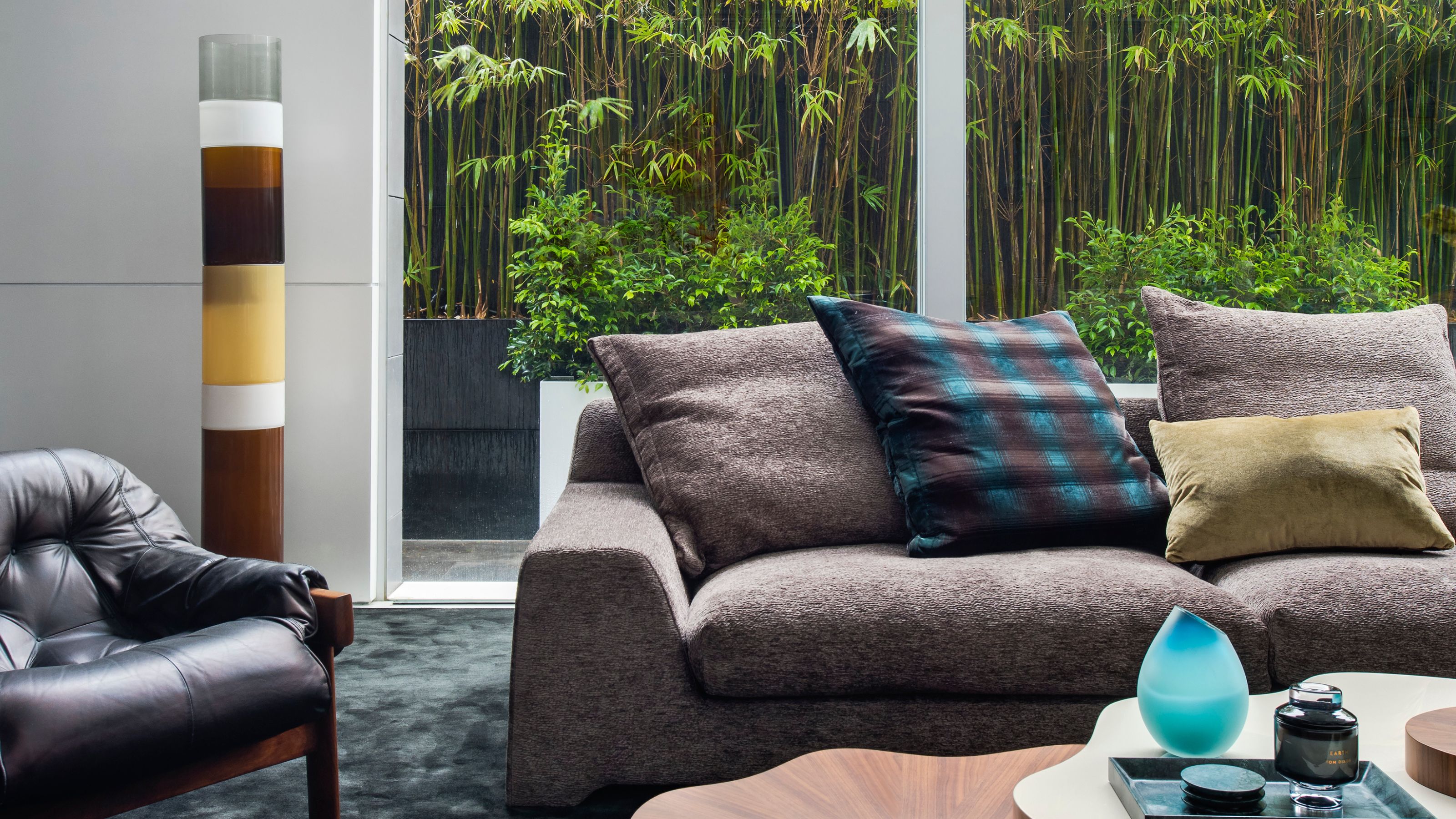 These Are the Dos and Don'ts of Bamboo Plant Placement — Follow This to Avoid Bad Feng Shui
These Are the Dos and Don'ts of Bamboo Plant Placement — Follow This to Avoid Bad Feng ShuiBy following the experts' guidance on where to place this houseplant you can usher luck, wealth, and prosperity into your home
By Lilith Hudson
-
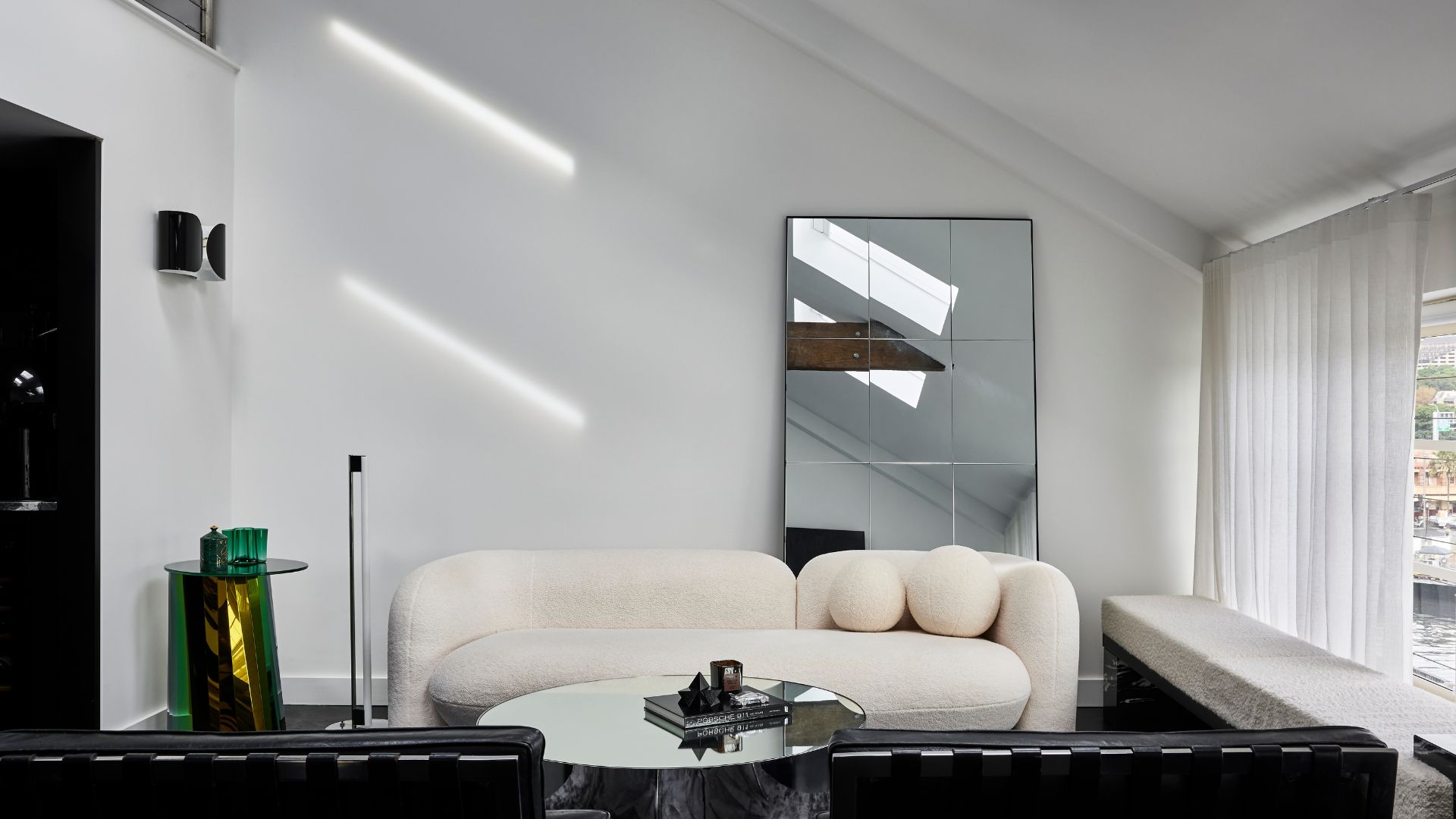 Is It Okay to Have a Mirror Facing a Door in Feng Shui? The Verdict Is In and It Just Might Surprise You
Is It Okay to Have a Mirror Facing a Door in Feng Shui? The Verdict Is In and It Just Might Surprise YouDecorating your home with mirrors calls for intention if you're dressing your space in accordance with Feng Shui. Here's what you should know.
By Amiya Baratan
-
 4 Things to Unpack as Soon as You Move House — For a Comfortable and Organized Fresh Start
4 Things to Unpack as Soon as You Move House — For a Comfortable and Organized Fresh StartIf you have a major move in the works and you're looking to prepare in advance, this is the starter kit you need to properly set up your new home.
By Amiya Baratan
-
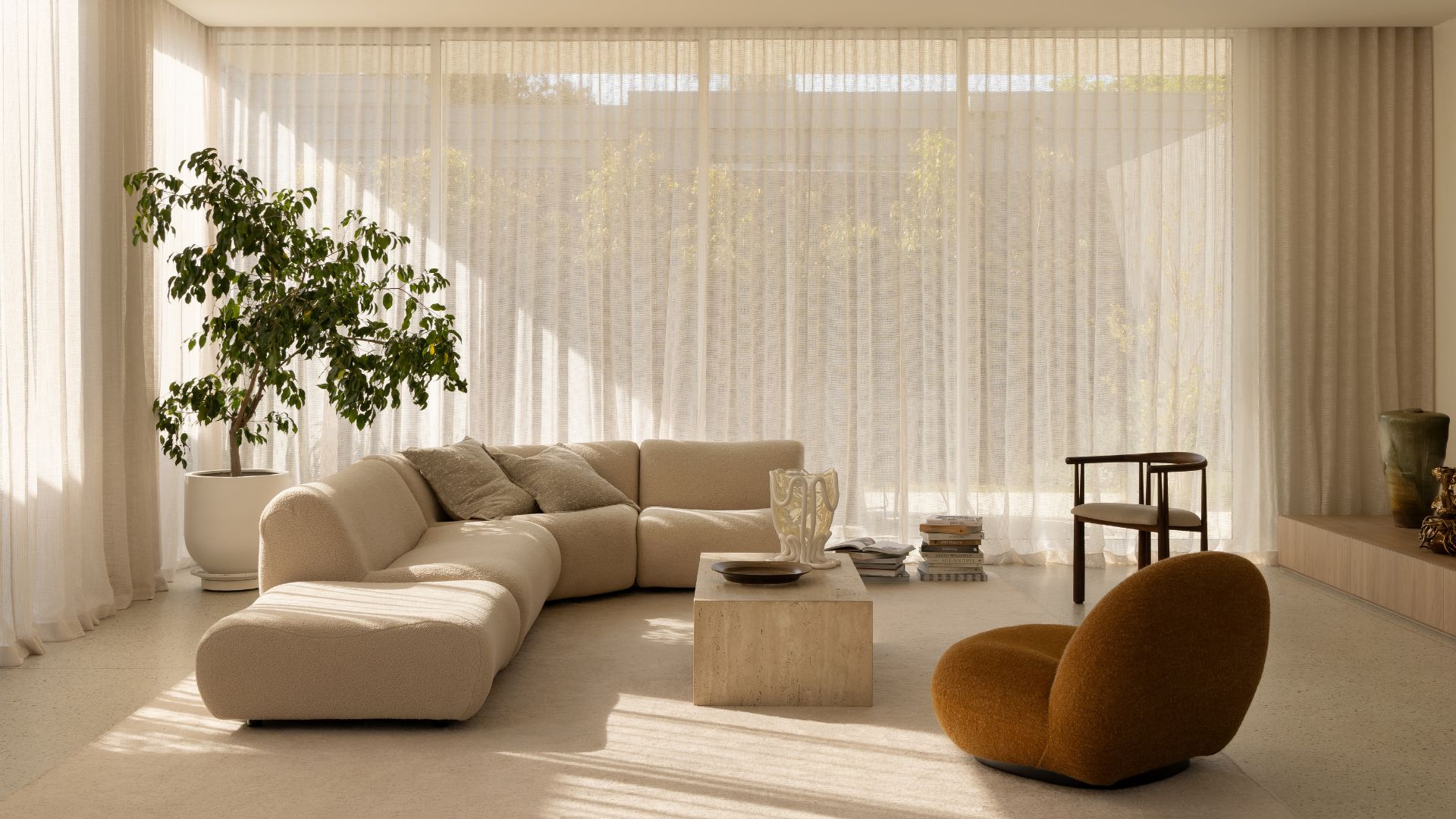 10 Decluttering Challenges to Have on Your Radar This Year — For a Tidier, More Mindful Home
10 Decluttering Challenges to Have on Your Radar This Year — For a Tidier, More Mindful HomeIf you're interested in transforming your home for the better, here are 10 decluttering challenges I recommend for a professionally tidy space.
By Amiya Baratan
-
 Biophilic Decluttering — What to Take Out of Your Home (and What to Put in) for a More Natural Home
Biophilic Decluttering — What to Take Out of Your Home (and What to Put in) for a More Natural HomeTry your hand at biophilic decluttering to ground your interiors, connect to the environment, and cure chronic clutter in one go. Here's how.
By Amiya Baratan
-
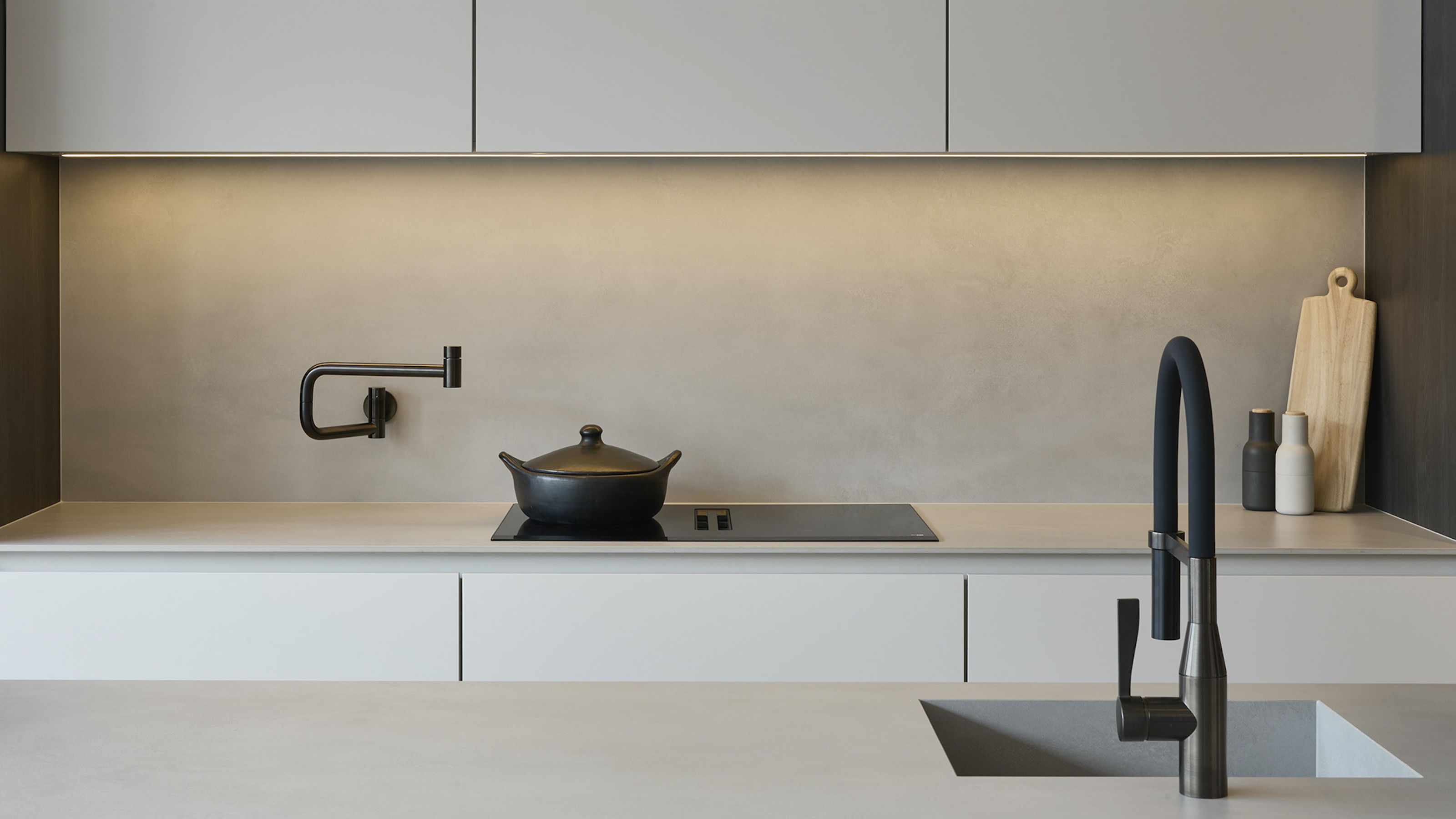 The 10 Different Types of Kitchen Taps — And the Pros and Cons of Each One to Know Before You Pick
The 10 Different Types of Kitchen Taps — And the Pros and Cons of Each One to Know Before You PickFrom sleek pull-outs to vintage bridge taps, explore 10 kitchen tap styles that mix function, flair, and a splash of cool
By Linda Clayton
-
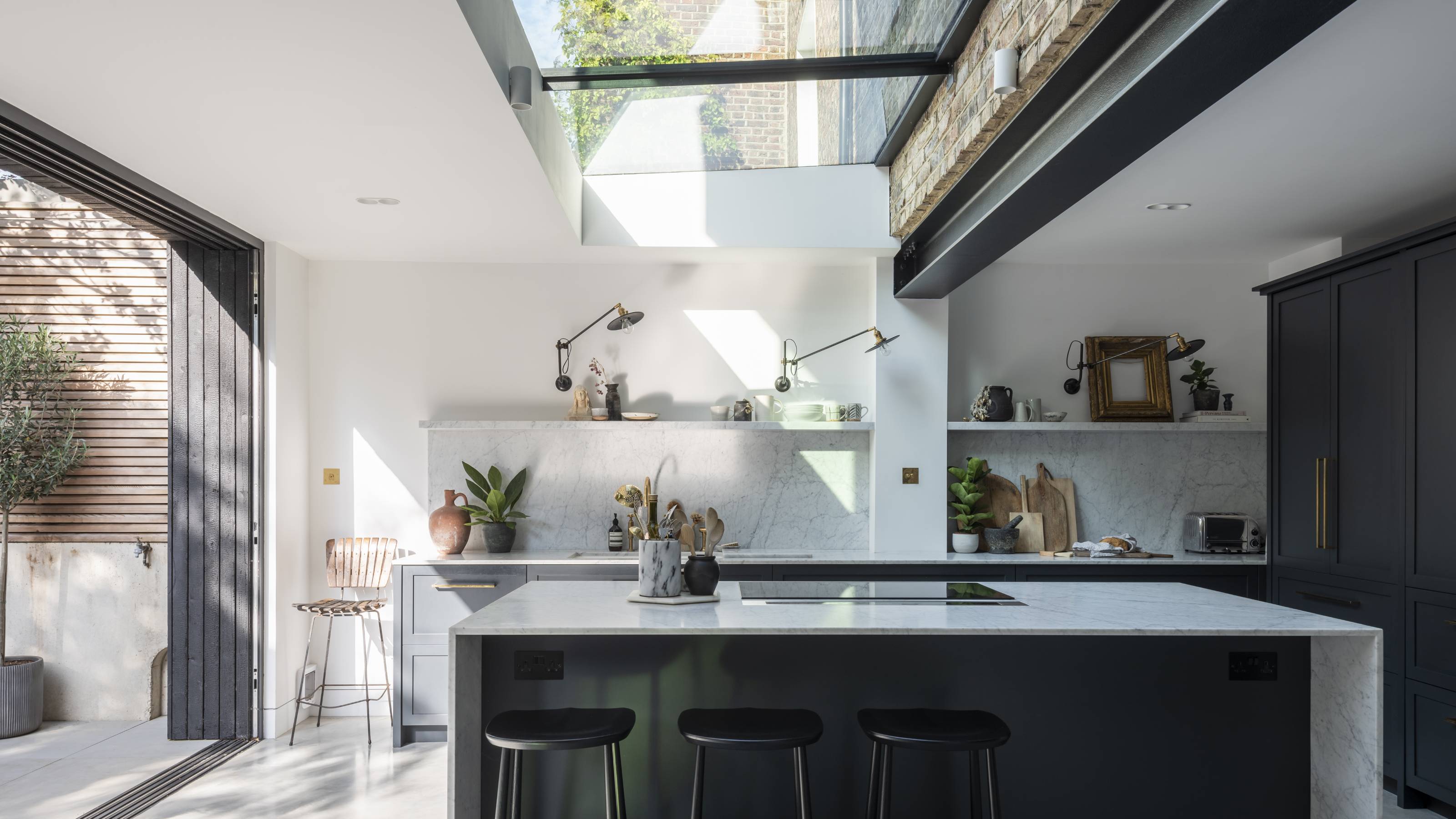 How Much Does an Extension Cost in 2025? Renovation and Design Experts Break Down Your Budget
How Much Does an Extension Cost in 2025? Renovation and Design Experts Break Down Your BudgetExplore how much different types of extensions cost in 2025 to budget for your project accurately
By Amy Reeves
-
 9 Bathroom Storage Mistakes You're Probably Making That Make Using This Space Much Harder — And What to Do Instead
9 Bathroom Storage Mistakes You're Probably Making That Make Using This Space Much Harder — And What to Do InsteadDiscover which mistakes are to blame for your overcrowded and cluttered bathroom
By Seraphina Kyprios